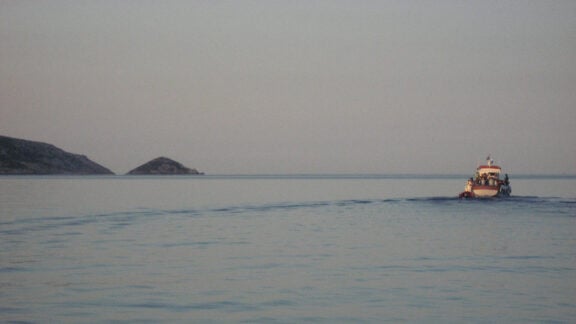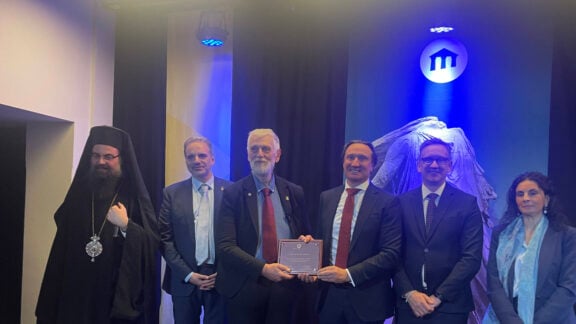Archaeologists believe they have found the site where Alexander the Great and his forces fought the Battle of Granicus against the Persian Empire in Çanakkale, Turkey.
A team of archaeologists, led by Reyhan Körpe, an archaeology professor at Çanakkale Onsekiz Mart University, found what they believe to be the site of the famous battle (Alexander the Great’s first major victory) roughly 10 kilometres north of the city of Biga in northwest Turkey, as reported by Live Science and Archaeologs.
The discovery consolidates a pre-existing theory of Heinrich Kiepert, an archaeologist who worked in the region in the 19th century and had suggested that the same area could be the location of the battlefield.
The Battle took place in 334 BCE wherein Alexander’s forces defeated the Persians, enabling them to establish a foothold in Persian territory and push deeper into the Middle East.
“The Battle of Granicus was not only one of the most significant turning points in Alexander’s life, later earning him the epithet ‘the Great,’ but [was] also a pivotal moment in world history,” Körpe told Live Science.
The discovery uncovered additional evidence support Kipert’s theory with the team identifying the remains of the ancient city of Hermaion, which ancient records suggest was the location of Alexander’s last encampment before the battle.
The researchers then conducted geomorphological tests to reconstruct what the nearby landscape looked like when the battle was fought.
The team found that the path of the Granicus River had changed little since Alexander’s time, while also discovering that some areas were marshy in Alexander’s time and therefore do not match the description of the battlefield, enabling the team to rule out these locations.
Ancient records state that Alexander stationed Persian Greek mercenaries on a hill, and the team identified a promising hill site where local farmers had found graves with weapons that may date to Alexander’s time.
The farmers also uncovered in 2024 the remains of human bones during plowing near the southern slope of the hill, which the researchers examined and found to have come from an adult male.
“The lack of typical grave markers or artifacts indicated these were not part of a formal cemetery,” Körpe said, though more tests need to be done to determine when this individual dates to and how they died.
The team leader expressed they plansto conduct further geophysical surveys and excavations to get a keener idea of what lies beneath the ground.
Turkey’s Ministry of Culture and Tourism is now working to protect and promote the site as part of an emerging Alexander the Great Cultural Route.









